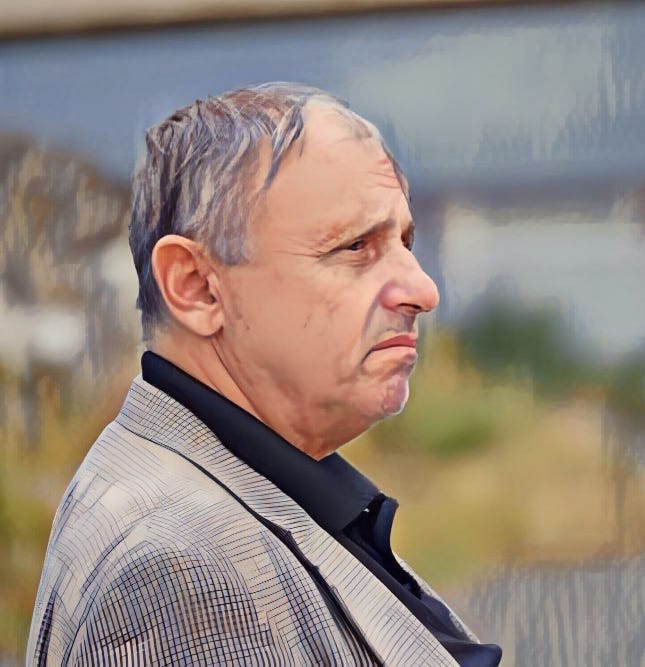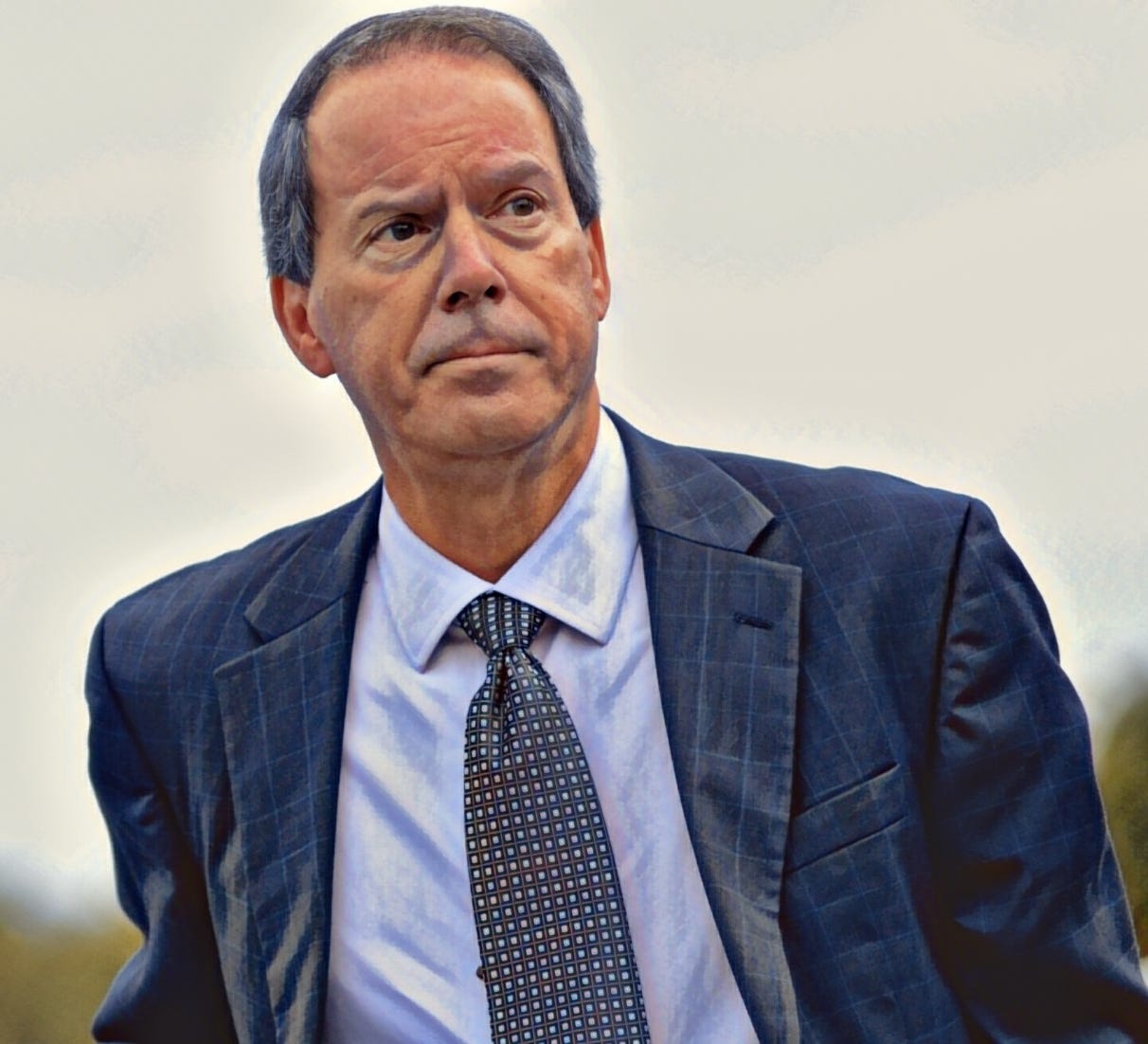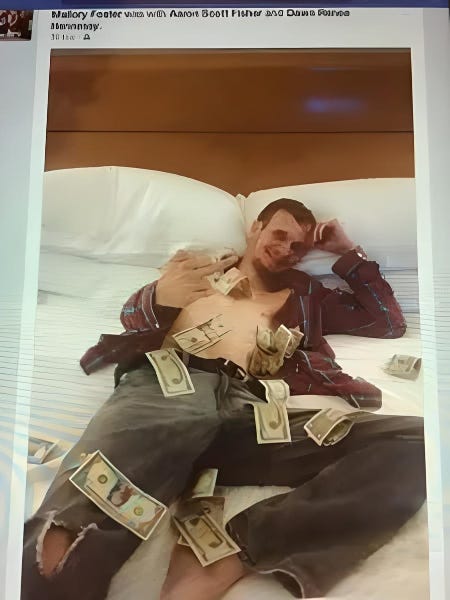Parlato Challenges The Disturbing Realities Behind Sandusky's Conviction
Did Sandusky Get A Fair Trial? Parlato Says Resoundingly 'NO'

By Richard Luthmann
In the latest installment of investigative journalist Frank Parlato's exhaustive reexamination of the Jerry Sandusky case, today's focus turns to the eleven years the former Penn State Assistant Football Coach has spent in prison. Did Sandusky get a fair trial? For Parlato, the answer is a resounding ‘NO’:
Did Jerry Sandusky Get a Fair Trial? – The Answer Is ‘No’
Parlato reexamines several flash points in Sandusky’s trial, challenging the narrative that led to his conviction. Questions still linger about the integrity of the trial process, including the roles of the judge, prosecutor, and defense attorney.
Scrutiny of Legal Tactics
Accusations of collusion among legal officials involved in Sandusky's prosecution come under the spotlight. The three-year gap between Aaron Fisher's initial allegations and Sandusky's arrest, coupled with inconsistencies in Fisher's testimony, cast doubt on the prosecution's case.
And Fisher wasn’t alone. Several witnesses had initially “forgotten” that Sandusky had abused them when they were boys until they lawyered up.
Media's Influence on Public Opinion
The role of media, especially newbie reporter Sara Ganim's reporting, in shaping public opinion before the trial is critically analyzed. Allegations of illegal leaks from the prosecution to the media are suggested to have prejudiced potential jurors, impacting the trial's fairness.
Parlato promises to release evidence that Prosecutor Frank Fina collaborated with Judge Barry F. Feudale, who presided over the grand jury and illegally leaked the minutes to Ganim. After the leak, the prosecution gained four additional Sandusky accusers.
Expedited Trial Raises Questions
Judge John Cleland’s decision to rush the trial, compressing it into a seven-month timeframe, is scrutinized. This rapid progression from indictment to conviction is questioned for its potential impact on the trial's integrity and the external pressures that may have influenced it.
Parlato writes about an after-hours, off-book “secret meeting” outside the courthouse at a local hotel the night before the pre-trial hearing was scheduled to begin. In attendance were Judge Cleland, three prosecutors, a magistrate judge, and Sandusky’s attorney, Joe Amendola.
Neither Sandusky nor his other attorney, Karl Rominger, knew about the meeting. But Amendola did call Sandusky and twisted his arm to drop the preliminary hearing, reportedly at the Judge’s request.
Overlooked Preliminary Hearing
The cancellation of Sandusky’s preliminary hearing, following a secret meeting involving Judge Cleland and attorney Joe Amendola, deprived the defense of a crucial opportunity to cross-examine witnesses. This decision is presented as a significant factor in the trial's outcome.
At a preliminary hearing, Sandusky’s lawyer could have requested a Frye Hearing to force the court to rule whether recovered repressed memories (RRM) were “junk science” or competent, reliable, and admissible evidence. The results of that hearing could have excluded many or all of the alleged victims, been used to investigate and fact-check their testimony, and given the defense fodder of the witnesses’ prior inconsistent statements for cross-examination.
Jury Selection and Its Impact
Parlato examines the jury selection process in Centre County for its potential bias, given the community's strong ties to Penn State. Much of the population has a direct Penn State connection — and many potential jurors knew or worked with people involved in the case.
“Several potential jurors admitted they knew Sandusky was guilty based on what they had read in the media,” Parlato reports.
The inclusion of jurors with preconceived beliefs about Sandusky’s guilt is highlighted as a critical flaw in the trial.
Aftermath and Accountability
Parlato notes the significant financial settlements later received by the alleged victims, raising questions about the motivations behind their accusations.
Post-trial consequences for key figures, including prosecutor Frank Fina and Judge Feudale, are also detailed. Prosecutor Frank Fina lost his job with the Attorney General’s office when he lost his law license for a year and a day for “reprehensible” and “inexcusable” misconduct during the grand jury investigation.
Judge Feudale got caught leaking grand jury minutes and other sealed documents. The state removed him from the bench for unethical misconduct and having his judicial objectivity “clouded” by his relationship with prosecutor Fina.
Judge Cleland’s Hilton Garden “secret meeting” also came out. Cleland was removed from the Sandusky case.
Pursuit of a New Trial
Sandusky's ongoing efforts to secure a new trial are emphasized, given the array of legal and ethical issues that marred his original trial. Advocates argue for a reassessment of the case to address potential injustices.
Parlato appears to be chief among them. “I have yet to begin to reveal the vast body of evidence I have accumulated that points in one direction — Sandusky’s innocence. The time has come to revisit this case, rife with corruption, to set an innocent man free before it is too late,” the veteran investigative journalist said.
Recognizing Key Contributors
Parlato closes by acknowledging the efforts of those dedicated to uncovering the truth, including scholars, filmmakers, reporters, and legal experts. Their investigative work is crucial to this ongoing narrative. “Several people have been instrumental in uncovering the truth about the Sandusky case,” Parlato says. He names them:
Former chair of English at UC Berkeley and author Dr. Frederick Crews has written numerous articles on the Sandusky case.
Filmmaker/podcaster John Ziegler, who created the important website framingpaterno.com,
Investigative reporter Ralph Cipriano, who has written comprehensive stories for bigtrial.net
Author Mark Pendergrast wrote the book The Most Hated Man in America: Jerry Sandusky and the Rush to Judgment.
John and Patti Galluppi, friends of the Sandusky’s, created the document-rich website Justice for Jerry,
NCIS Special Agent John Snedden investigated and reported on the case.
R. Christopher Barden, a lawyer and psychologist, has researched repressed memories and their use in the Sandusky trial.
The full article can be read here:








